The recent National Education Policy (NEP) 2020 in India comes 34 years after the previous policy, announced in 1986 and revised in 1992. It took six years of work and consultations with thousands of educators, policymakers, and members of civil society. It was truly a democratic effort and is highly aspirational, aiming for India to “have an education system by 2040, that is second to none, with equitable access to the highest quality education for all learners, regardless of social and economic background.”
The NEP’s chief purpose is to reform the education system and bridge the gap between current learning outcomes and those desired. Recognizing the need to keep up with a rapidly changing world and knowledge landscape, the NEP 2020 articulates that “[t]he purpose of the education system is to develop good human beings capable of rational thought and action, possessing compassion and empathy, courage and resilience, scientific temper and creative imagination, with sound ethical moorings and values. It aims at producing engaged, productive, and contributing citizens for building an equitable, inclusive and plural society as envisaged by our constitution.”
Such strong emphasis on equity and quality is laudable, as is the effort to broaden the scope of “quality education.” The policy proposes a move away from content-heavy curricula in order “to make space for critical thinking, more holistic, inquiry-based, discovery-based, discussion-based and analysis-based learning.” Giving equal importance to co-curricular activities (i.e., arts, sports, vocational skills), it mandates a shift toward multidisciplinary education, away from rigid silos of “arts,” “science,” and “commerce” streams, with renewed focus on 21st century skills. This is a welcome breath of fresh air, given that the current system is strongly driven by rote learning and content-based examinations, divorced from any real application to life.
Below are the most notable points of reform proposed by the NEP 2020:
- Inclusion of early childhood education: Education will begin at age 3, rather than at age 6 for students in first grade, to focus on children’s foundational years (ages 3-8). Previously, children’s right to education applied to grades one through eight (6-14 years); the NEP aims to extend this right to children ages 3-18. This is particularly relevant for public schools, which serve a majority of children from low-income families and who, compared to middle-class families, often lack preschool education, thereby widening the gap between them further.
- A focus on equity and inclusion: An entire section is devoted to the inclusion of Socio-Economically Disadvantaged Groups (SEDGs), broadly categorized as girls, transgender and children with special needs, children from rural areas, Dalits, and victims of trafficking. Additionally, it recognizes that children with disabilities are not receiving the attention required to learn and thrive in schools, primarily because teachers are simply not trained or equipped to address their learning needs. Thus, it makes an effort to ensure teachers are adequately prepared in the area of special education. Lastly, the NEP recognizes that children in SEDGs are those who most frequently are unenrolled, drop out, and learn less and “recommends that the policies and schemes designed to include students in SEDGs … should be especially targeted towards girls.”
- An expanded concept of “quality”: Given the poor basic literacy and numeracy outcomes reported, the new NEP aims to create a solid foundation for children during their early development by establishing a National Mission on Foundational Literacy and Numeracy that would prioritize “the development of communication and early language, literacy and numeracy.” The NEP also calls for much-needed teacher education reform, including an overhaul of pre-service programs, including the B.Ed, and for the first time, mental health and social-emotional learning receive a strong mention. The need to leverage technology is also recognized, along with intentions to extend optical fibers to the remotest villages and achieve universal digital access and literacy.
The NEP 2020 is ambitious and progressive, as was the NEP 1986 and the Right to Education Act 2009. There is an enormous opportunity for India’s considerable young population to become its biggest strength. However, to achieve this, the government must fully commit itself to the policy’s implementation with the political will and urgency it deserves.
While the document takes great strides in advocating a more inclusive and equitable system, especially for girls, it does not go far enough. “Gender sensitivity” is mentioned repeatedly throughout the document, but it does not address the need for systemic change. Strong patriarchal social and political structures—and their inherent discrimination and violence against women—must be questioned, critiqued, and recognized as contradictory to India’s constitutional values of equality. The same is true of castes: Though the NEP recommends special efforts to help castes access and remain in schools as SEDGs, there is no mention of caste prejudice, nor of the need to work toward its eradication. Teacher training programs and school curricula should include a focus on eradicating a discriminatory caste consciousness and hierarchical caste identities. Similarly, education focused on gender power dynamics should be compulsory in school curricula in order to develop egalitarian mindsets in boys and girls from a young age, including in early childhood education. This is imperative if we are to change the “social customs and mores,” as the policy euphemistically refers to the discriminatory social structures.
Given the enormity of India’s school system (1,522,346 schools, 8,691,922 teachers, and 260 million students) and the country’s regional, linguistic, and cultural diversity, universalizing quality education is a challenge; yet, the policy says little on the issue of governance and management. Robust systems for managing the large public school system have yet to be developed, and governance represents the government’s greatest challenge. Data collection, monitoring, and accountability systems are weak and inadequate. Without the strong, efficient governance of a well-functioning public school system, the reforms outlined above will fail.
Furthermore, serious political commitment must be demonstrated, including adequate budgetary allocation, personnel training, and improved curriculum development and infrastructure. While the NEP commits to increasing the education budget from its current 4-6 percent of the GDP, this was also promised earlier but never materialized. Additionally (and more importantly), efficient and judicious marshaling and management of all available resources is needed, including in the private sector.
Similar to the policy’s development, a democratic approach should be followed during the NEP’s implementation. The Uttar Pradesh state government has solicited recommendations from civil society organizations, and I recommend it go one step further by partnering actively with civil society organizations, private foundations, the corporate sector, private schools, and communities. To improve both access to and quality of education, particularly in the pubic school system, the government should harness innovative solutions, including through the use of technology, developed by several NGOs.
Education is a public good. Everyone is a stakeholder and should therefore be invited to contribute to actualize the vision of the NEP to make India’s education system strong, inclusive, and equitable.
The Brookings Institution is committed to quality, independence, and impact.
We are supported by a diverse array of funders. In line with our values and policies, each Brookings publication represents the sole views of its author(s).

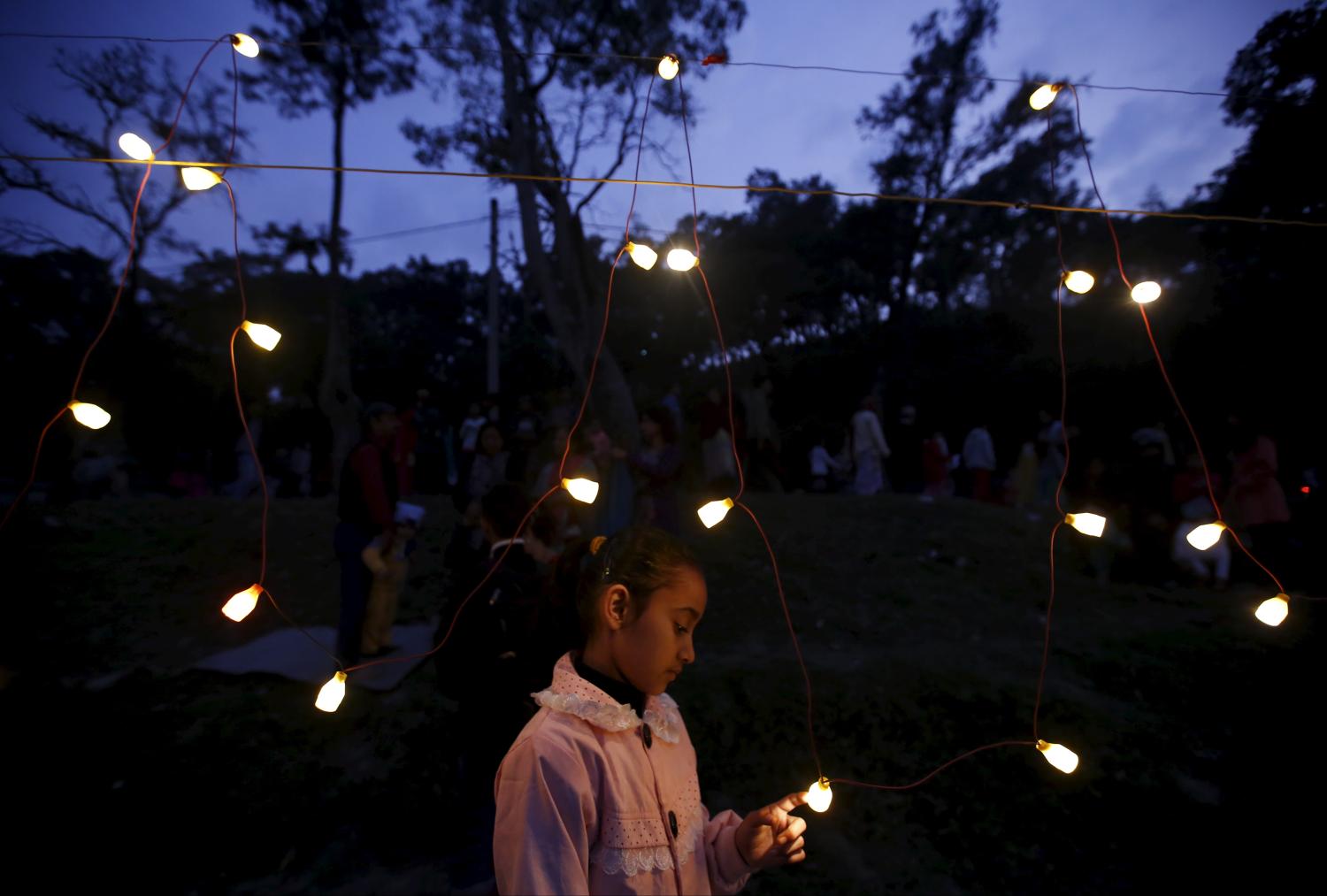
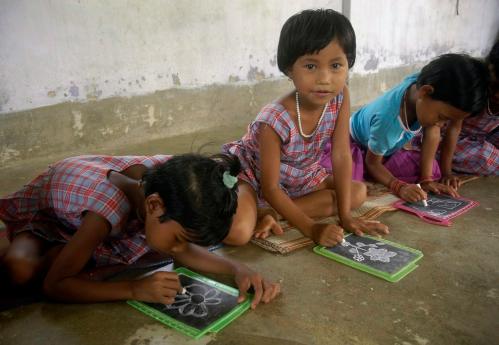
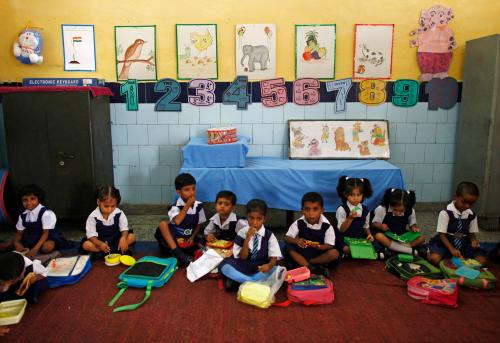
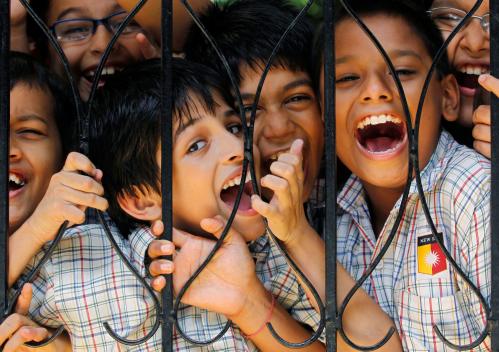
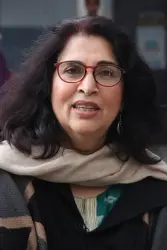



Commentary
India’s National Education Policy 2020: A reformist step forward?
October 2, 2020